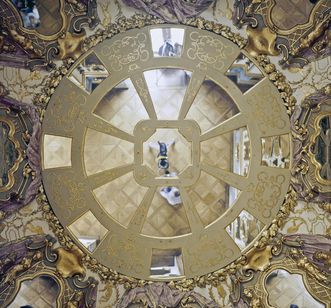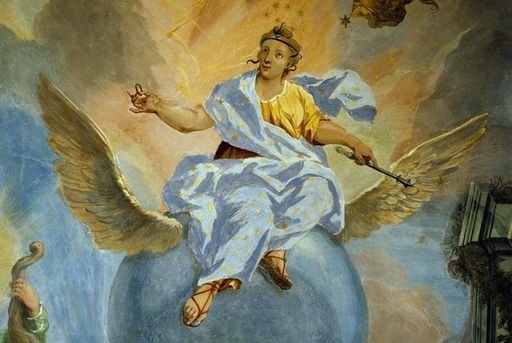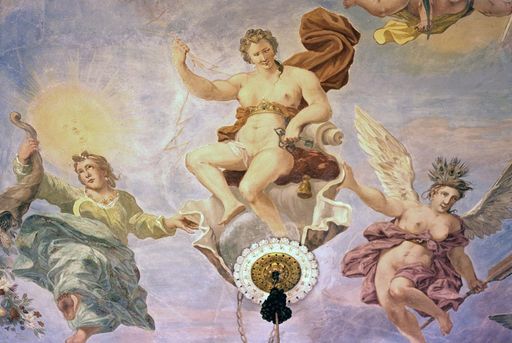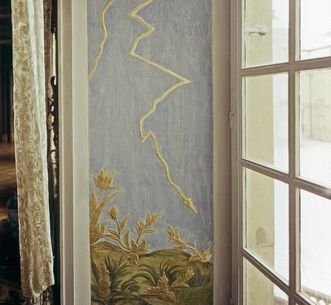Culinary delights and royal living
The dining room is located at the center of the representative second floor. The duke and duchess' apartments adjoin the dining room to east and west. Both apartments have three rooms each: antechamber, audience chamber, bedroom. They are arranged according to a design developed in France in the 17th century and adopted in Baroque palaces. What's more, the duke's bedroom, which is the most important room for court ceremonials, was combined with a hall of mirrors, one of the most luxurious palace rooms.



![[Translate to Englisch:] [Translate to Englisch:]](/fileadmin/_processed_/0/0/csm_24_ludwigsburg_rsl_aussen_ehrenhof-alter-hauptbau_40_foto-ssg-guenther-bayerl_1800_721df02f5d.jpg)



